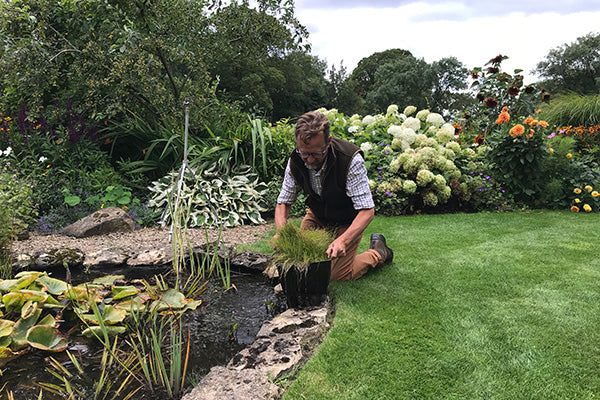Your September gardening to-do list

There’s plenty to harvest this month. And with the days getting shorter and cooler, try to make the most of the remaining warmth and enjoy your late summer garden.
- Dig up remaining potatoes, lift onions on a sunny day and let them dry and pick sweetcorn – they’ll release a milky sap when ripe. Plums, apples and autumn raspberries can also be picked now. String up chillies for use throughout the winter.
- Help pumpkins and squash ripen by raising them off the ground onto a wooden slat or pop a tile under them to stop them rotting. Leave the roots of beans to be dug into the soil to release nitrogen. Cover your brassicas with netting.
- Sow veg such as rocket, Swiss chard, winter spinach and winter (or early spring) salads such as lettuce 'Arctic King’. Sow it direct or under cloches if the nights are getting cold. Start a new strawberry bed from this season’s rooted runners.
- Collect seeds from hardy annuals and perennials. Choose a dry day and pick seed heads laying them out to dry for a day. Ideally sow them straight away or store them in labelled paper envelopes somewhere cool and dry until spring.
- Plant spring flowering bulbs such as daffodils and hyacinths before the end of this month. Later in the month plant spring bedding such as wallflowers, primulas and violas so that they can get their roots down before the winter.
- Divide your herbaceous perennials such as hostas before they die down. This is also a good time to plant new perennials such as aster ‘Little Carlow’ that look so good at the moment.
- Net ponds to capture falling leaves, and have a clear-out if your pond’s getting overgrown. Divide and replant water lilies and remove leaves as they turn yellow.
- Visit gardens for inspiration. Knoll Gardens in Dorset is a fabulous place to see ornamental grasses, which are at their best in September.
- Give your lawn a feed with something high in potassium and low in nitrogen such as diluted liquid comfrey. You can also scarify at this time of year too.
- This is the time to treat your pots with vine weevil killer as they hatch now and if left alone will eat roots in the winter. Nemasys Vine Weevil Killer is nematode that is poured into the soil.











